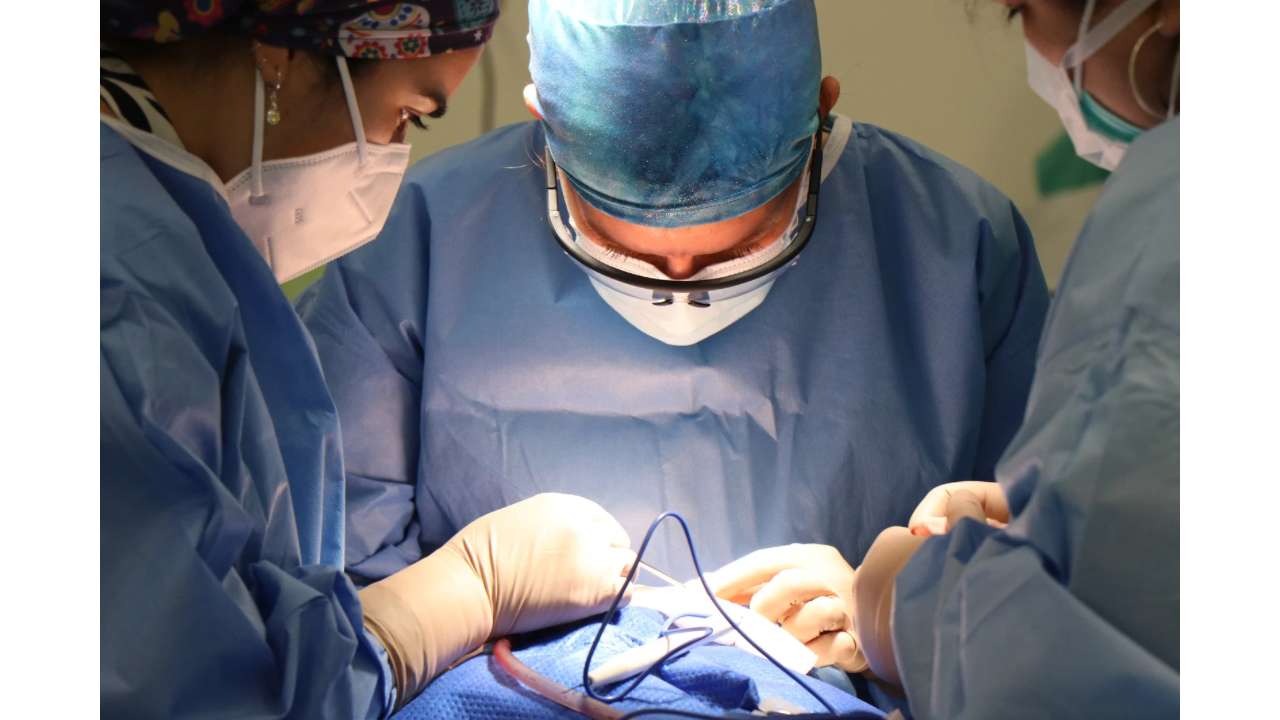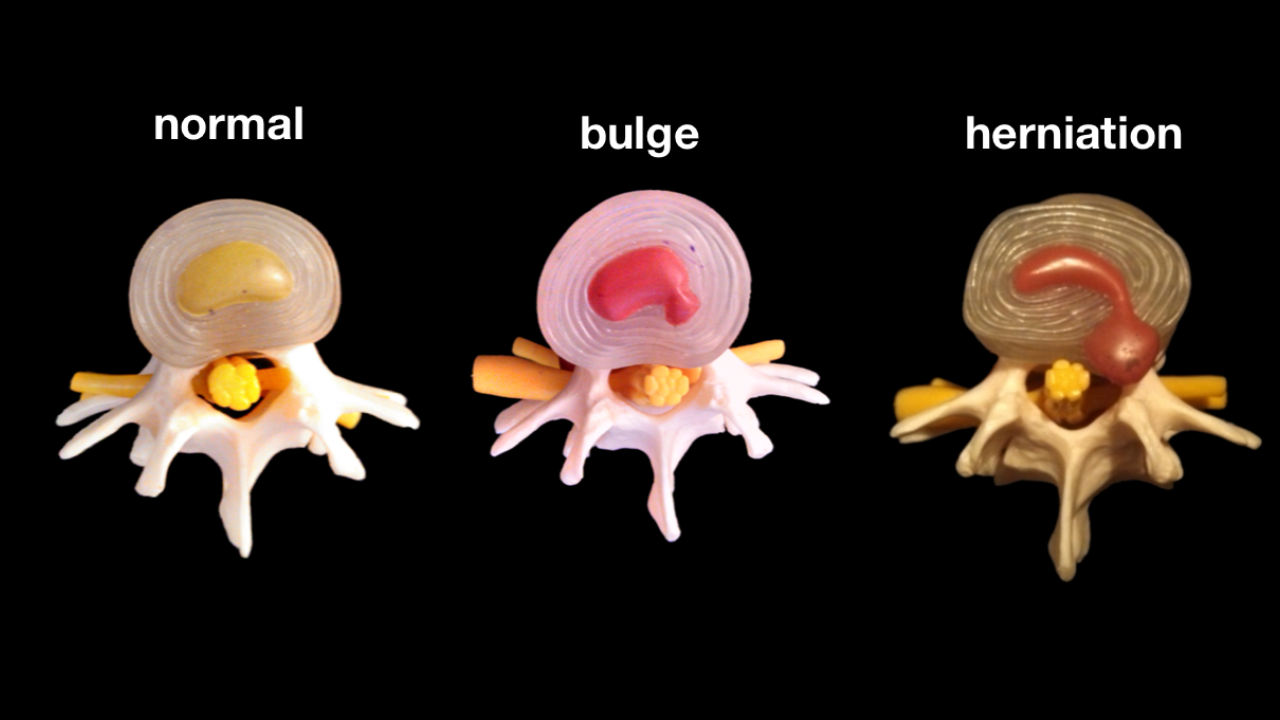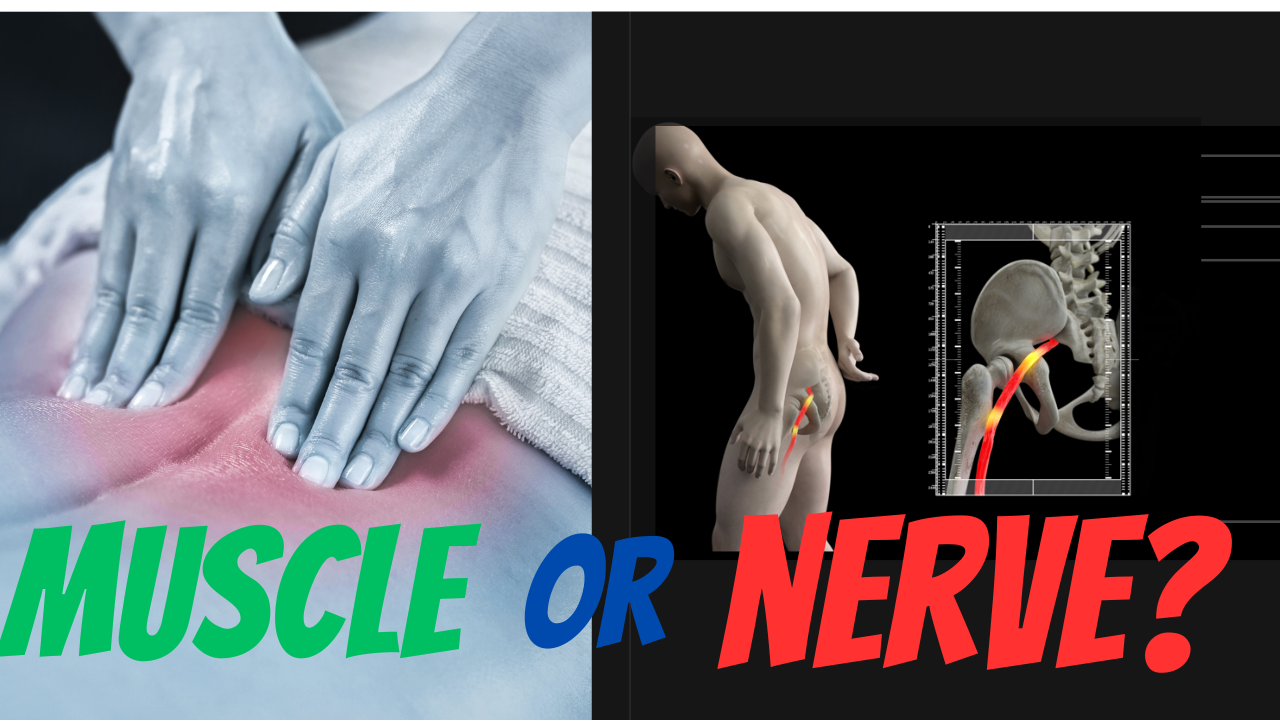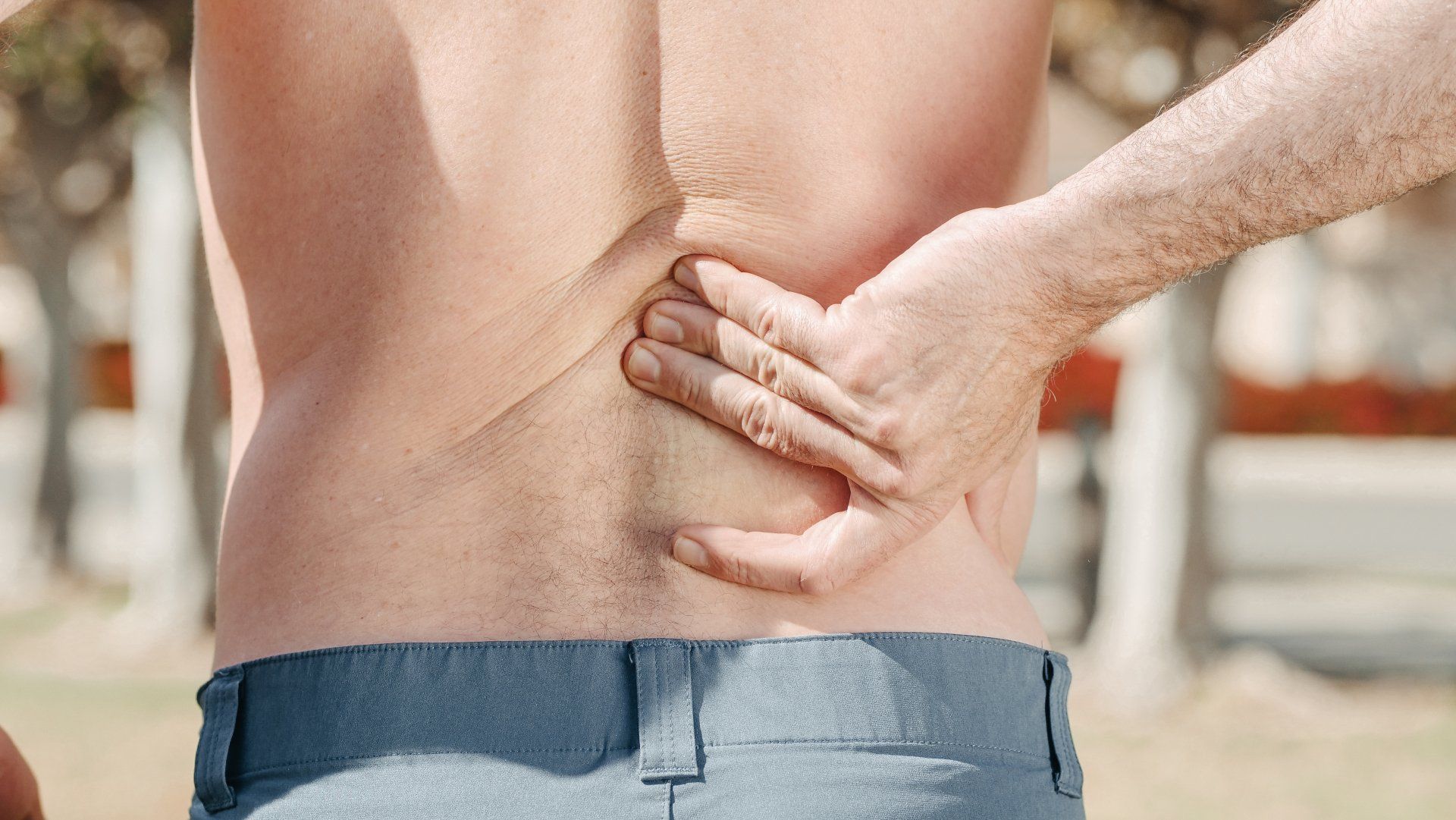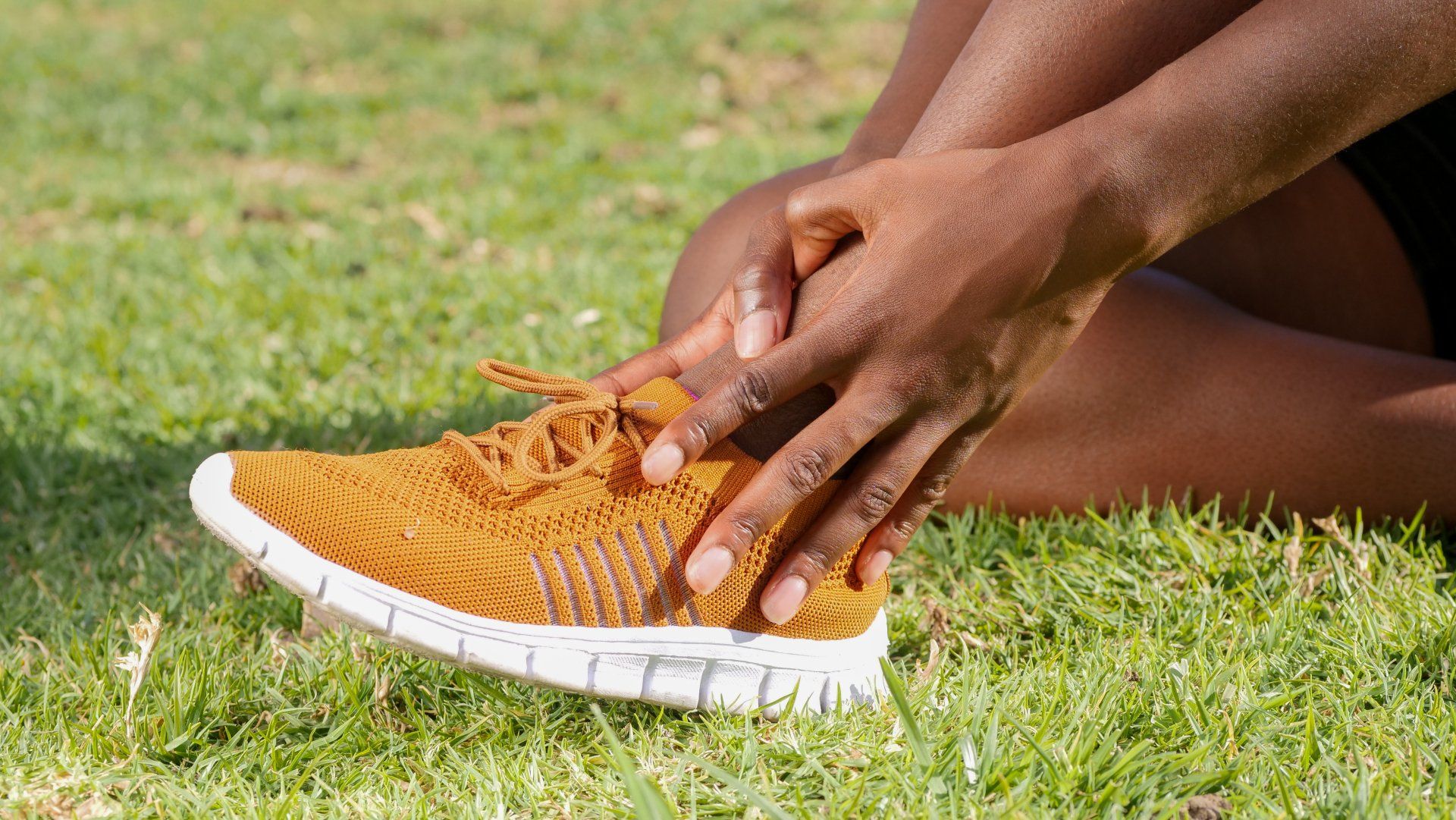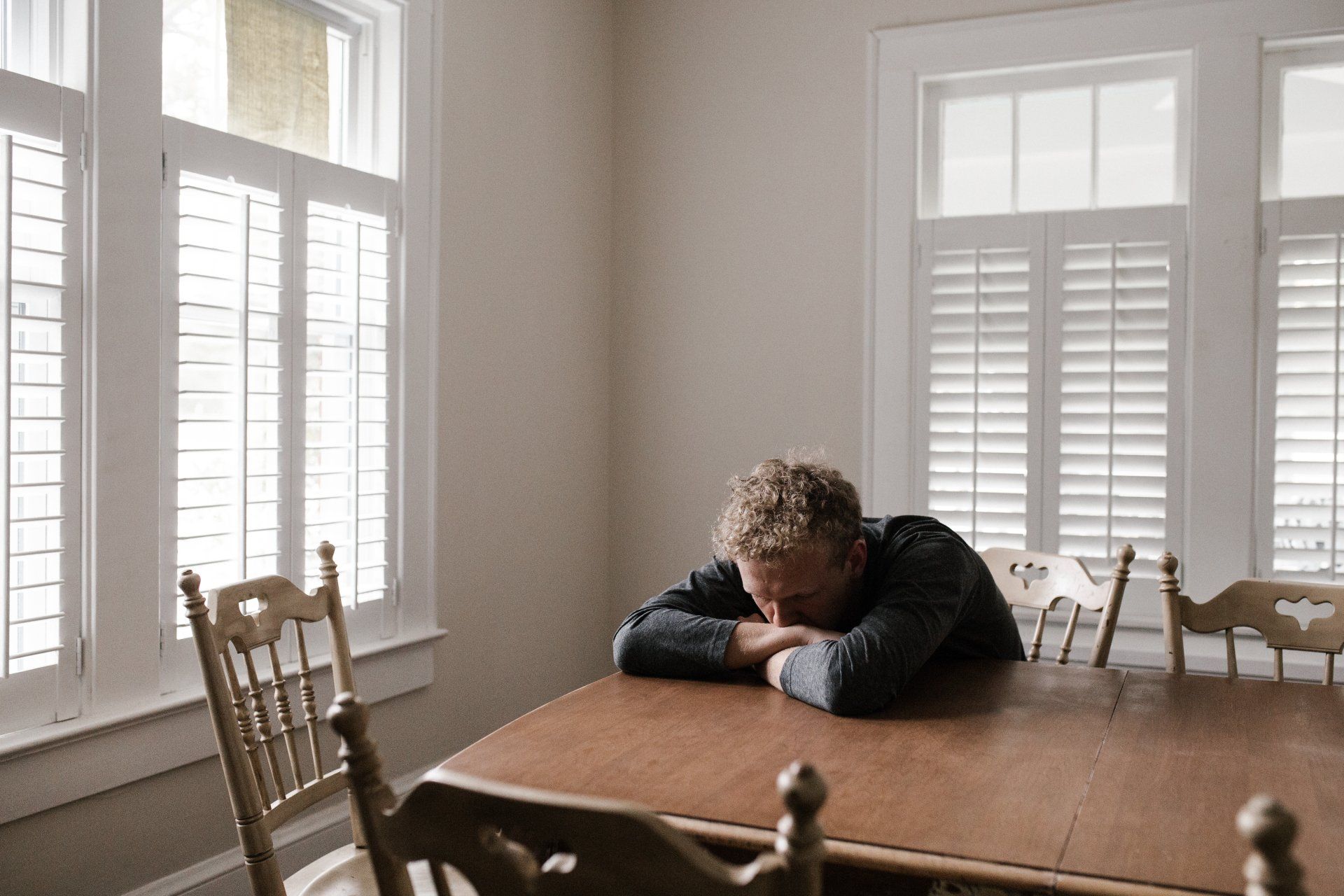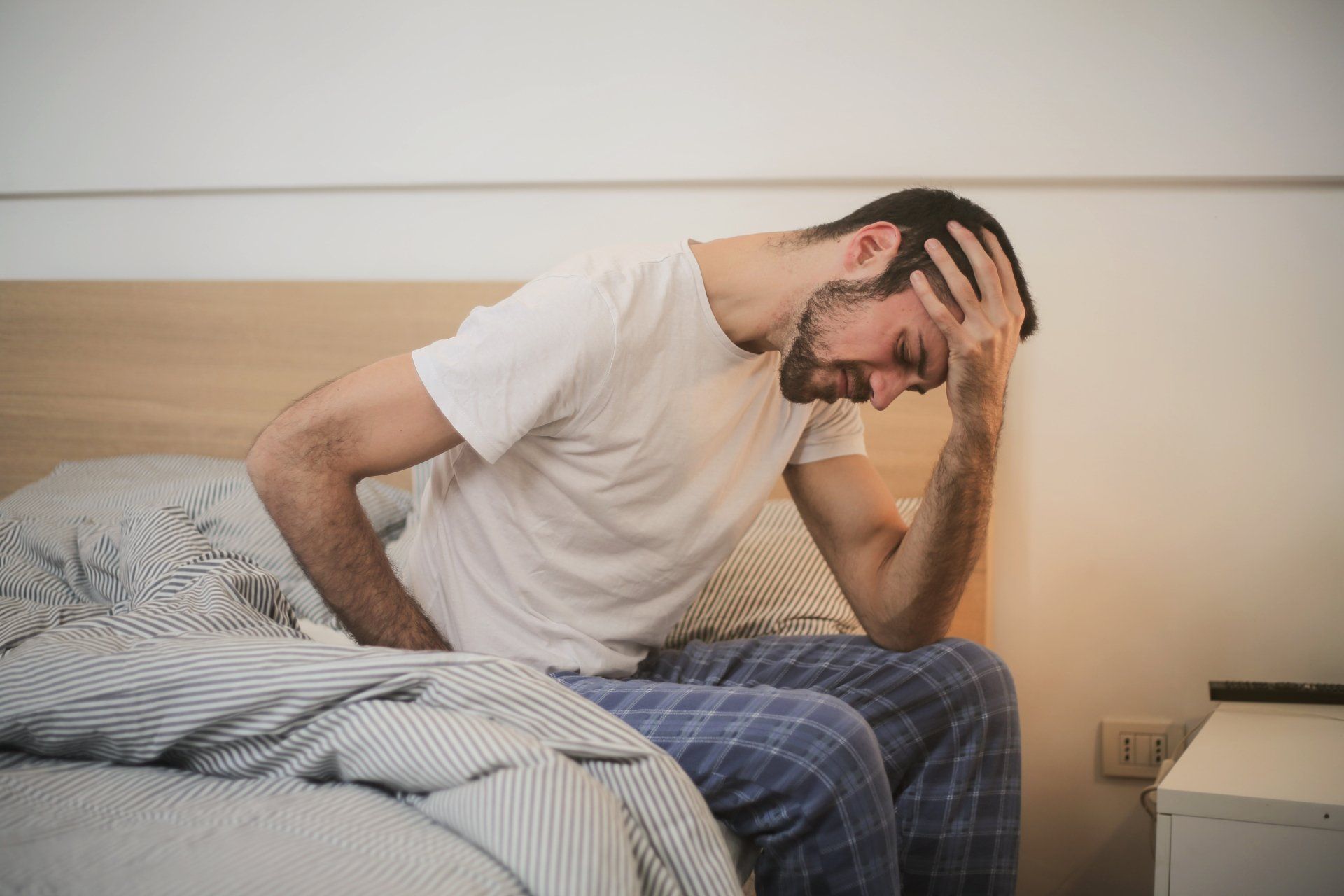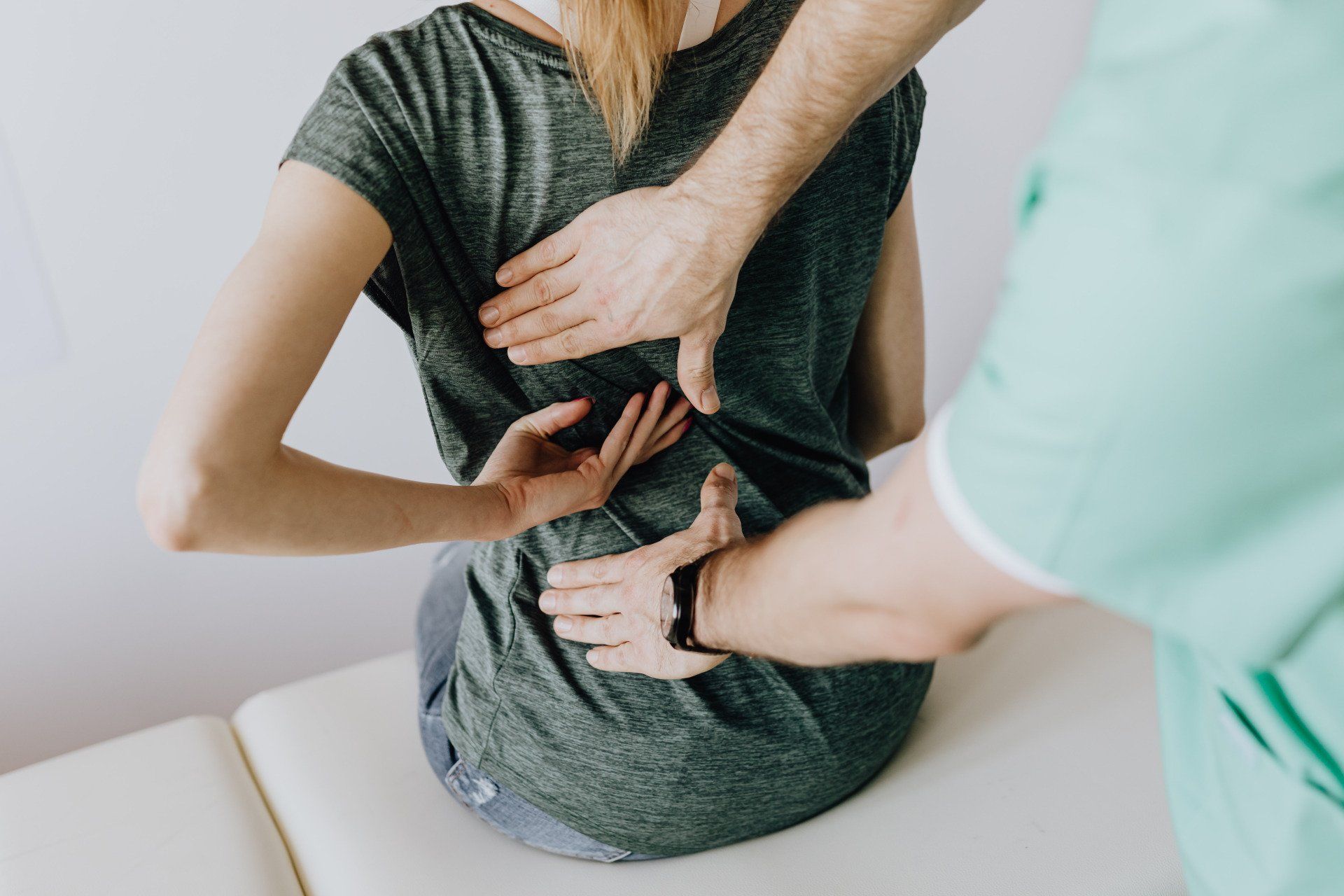Local Horseback Rider Can't Ride Because of Chronic Low Back Pain
Dr. Graham, a Louisville, Chiropractor, utilizes computerized chiropractic adjustments to correct problem
PATIENT PROFILE & HISTORY
WHO:
52 year old female equestrian who was referred in by her husband.
SYMPTOMS:
Severe unrelenting pain in the lower back on the right side. See pain diagram below.
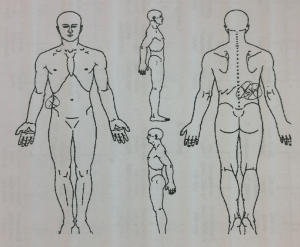
This came about when she felt a popping sensation in her low back when she was putting something in her car.
This was not the first time she had back pain. She said she has had on and off back pain for at least two years in the same exact area, just not this extreme.
She has not been riding on her horse because of the pain, which she dearly misses.
THESE THINGS MADE IT WORSE:
- Sitting more than just a minute or two.
- Sitting to standing
- Getting out of bed
- Bending
- Laying on her back
PREVIOUS TREATMENT:
- Aleve pills (4-6 per day)
- Hydrocodone (1 a day)
- Rest and ice
EXAMINATION & TREATMENT
Chiropractic/orthopedic examinations:
- Three (3) disc tests made her pain worse, including the cough test.
- Flexion and extension (forward and backward movements caused more pain).
X-Ray studies:
Severely degenerated disc at L5-S1. See her x-ray below.

TREATMENT:
I treated her with computerized chiropractic adjustments. I set the force on the instrument to 400 Newtons (equivalent to 88 pounds of force). This is the optimum setting for the lumbar spine (low back). It turned out to be a very comfortable setting for her. Had it not been, I simply would have lowered it down.
OUTCOME
PATIENT OUTCOME:
After just a few days of the computerized chiropractic adjustments her back was letting up where she could bend and twist again. After another week, she was completely off the medicine. At her 4 week re-evaluation, she said all her pain was gone. Only on a few occasions, two days earlier, had she noticed the pain when she bent forward.
At that point, I gave her cross crawl exercises and told her she could start riding again at a easy pace without the jumping.
Because of the amount of disc loss, I advised her it would be wise to have periodic computerized chiropractic adjustments in order to decompress the area to keep the joint (the last spinal bone-L5) moving, to eliminate more degeneration.
COMMENTS:
I really enjoyed this case because for one, it was easy to find the cause; a worn out disc, with a probable disc bulge. The other reason I enjoyed it so much, was that she responded fast to the computerized chiropractor adjustments. The setting on the instrument (400 N) worked well, so when I maintain her spine, I know the exact amount of force she needs in her spine to keep it healthy. This force cannot be replicated with manual chiropractor adjustments, which is another reason I am so fond of computerized chiropractic adjustments.
As a side note, the condition her disc was in, was probably from some type of trauma she had in her life about 20-40 years ago. The body has a way of adapting. The symptoms of a disc that is degenerating may not even show up for 20 or 30 years later, which was in her case. I remember my uncle’s heart problem first showed up at 62 years of age, they found that his arteries had been all clogged up. His first symptom though, unfortunately was fatal.
More Graham Chiropractic Blogs
